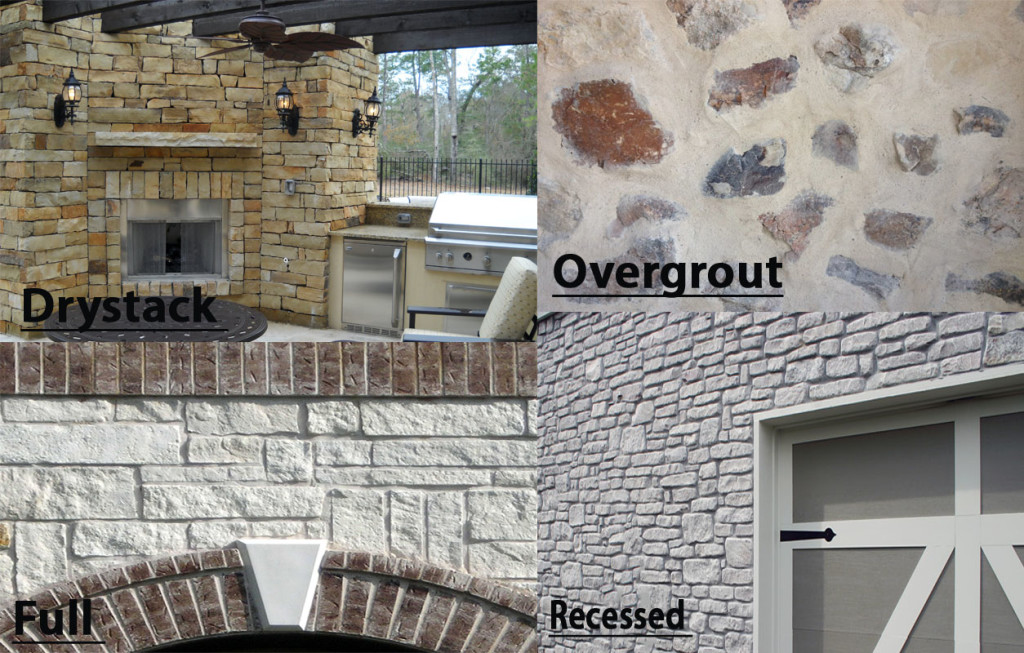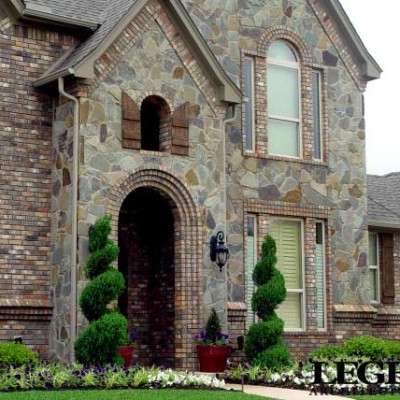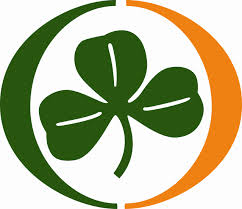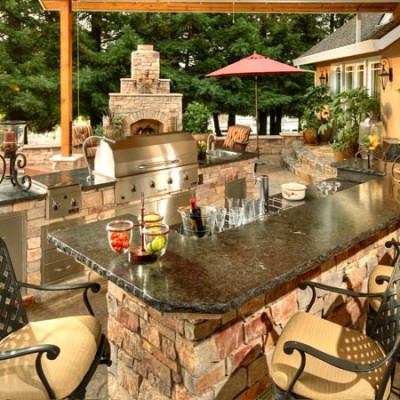Mortar Joints: Which one is the right for your home?

 ADD TO WISHLIST
ADD TO WISHLISTThere are several types of installation methods used to install natural stone. These photos will help illustrate the below commentary. The four common methods are:
• Drystack
• Full
• Recessed
• Overgrout
Often times a homeowner will ask for a “drystack” stone; however, most stones can be a “drystack” stone some may look better than others. Drystack is simply an installation method, the mortar is further recessed in the stone, it is still present and required, but simply recessed back, so for the most part, cannot be seen. Keep in mind that requesting this type of installation often incurs additional “labor fees” because it’s more labor intensive.
A full mortar joint is the most common in our industry. The mortar is almost flush with the front side of the stone. This too is often the method residential brick is installed with as well.
Another method of installation is using a “recessed” mortar joint. Using this method will often give the stone a little more depth as the mortar is recessed back often by 1/2 – 1″ back from the face of the stone.
The final method of installation is the “overgrout” method. In some opinions, this installation often gives the appearance of “aging” or “old world” to the home, possibly a chateau, Spanish, or even Mediterranean. This method smears the grout over the edges of the stone as well as filling the space between the stones. This method will typically use more mortar that the other methods so keep that in mind for costs.
All the methods can be used for most stones just keep in mind some stones are more suitable for certain installation methods than others.





